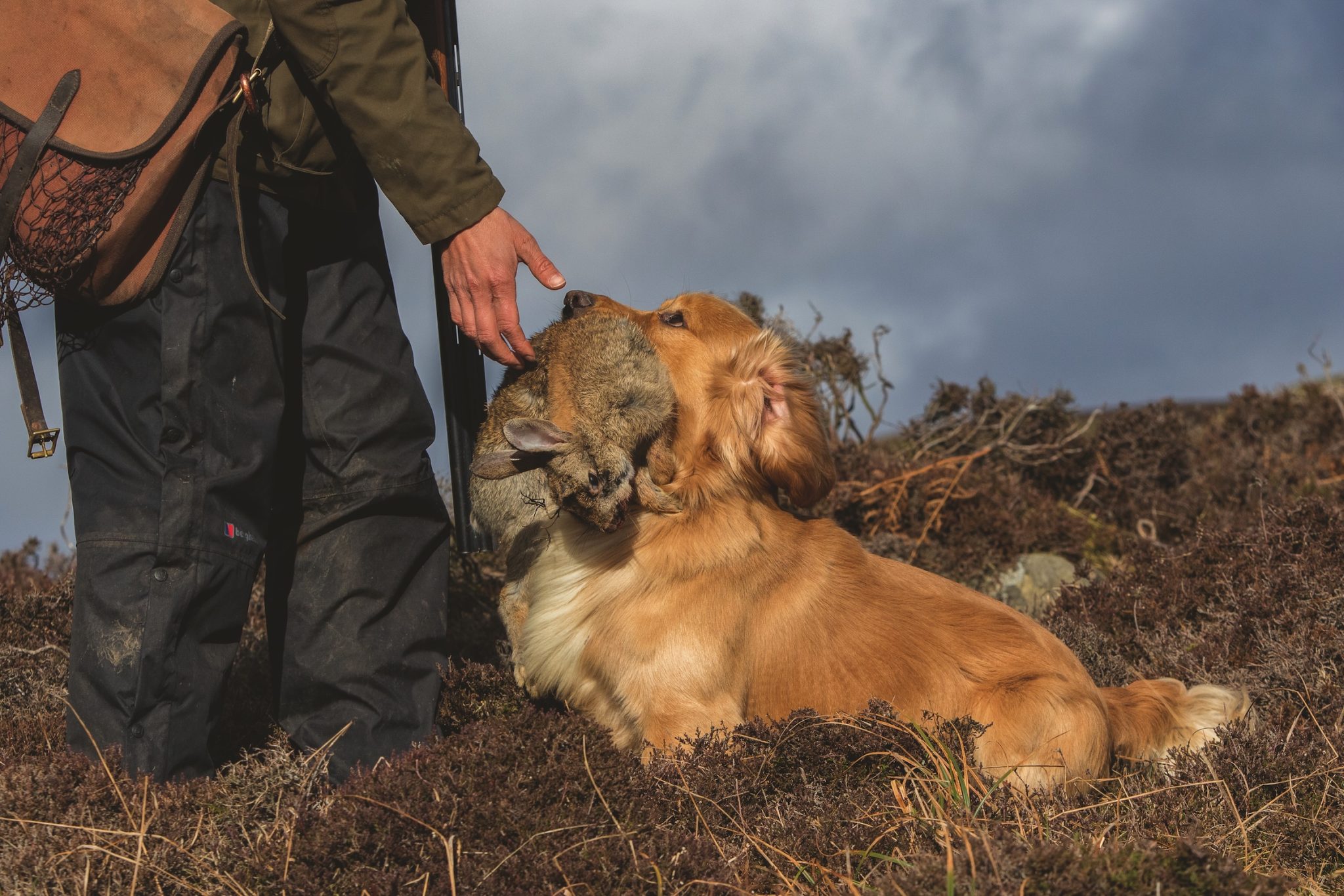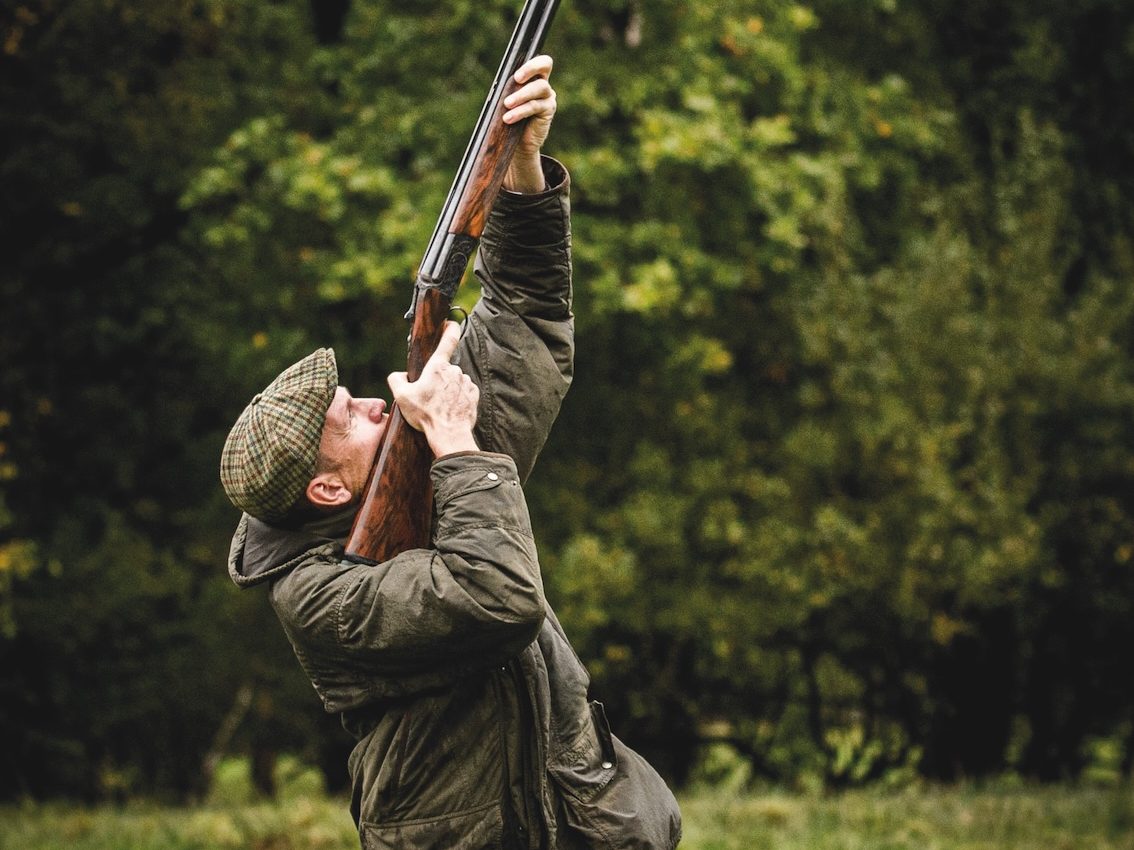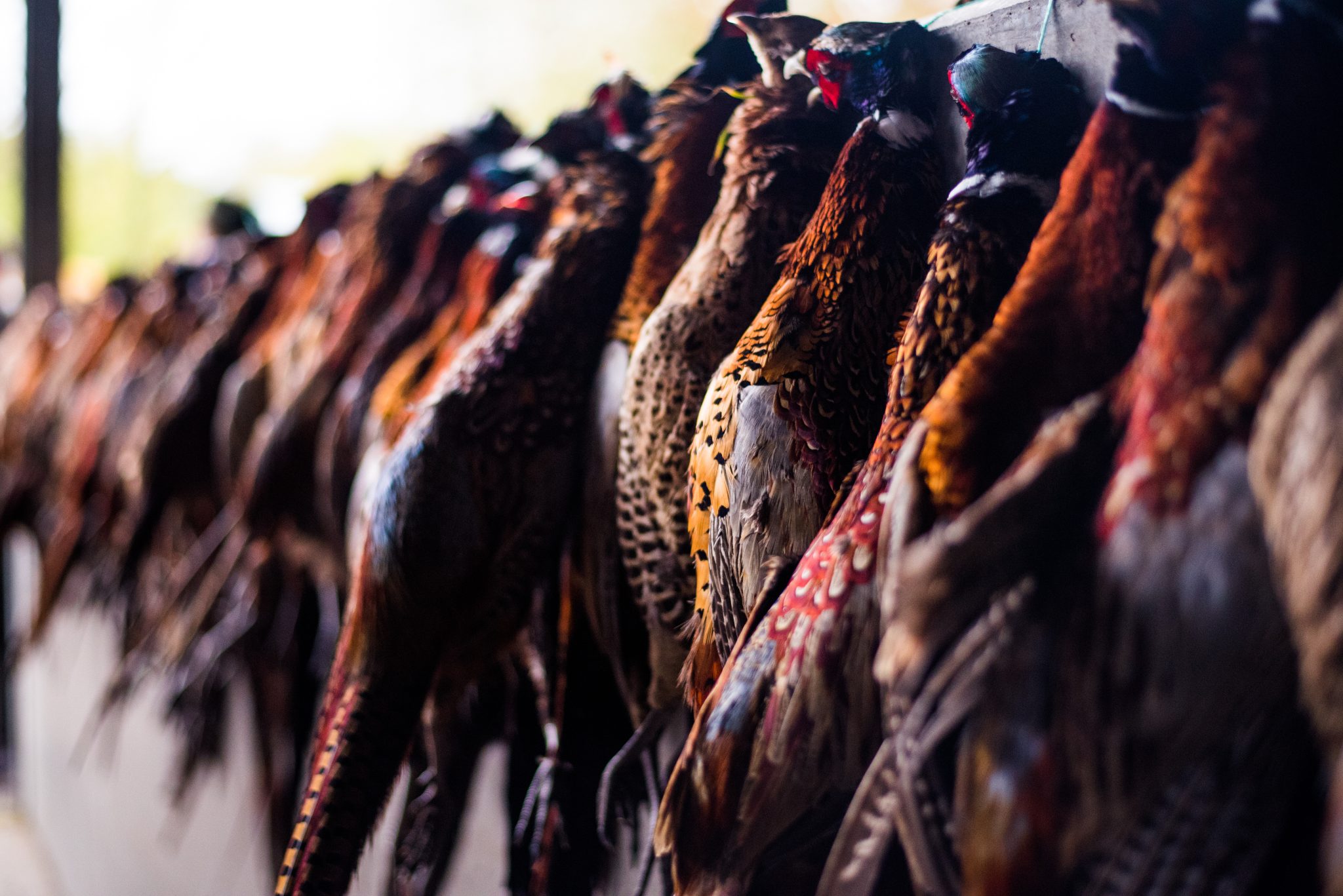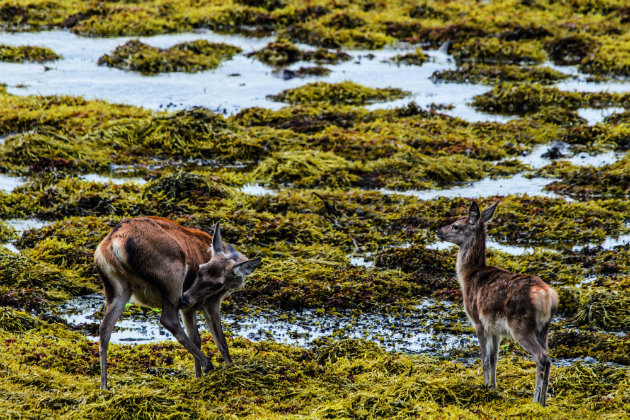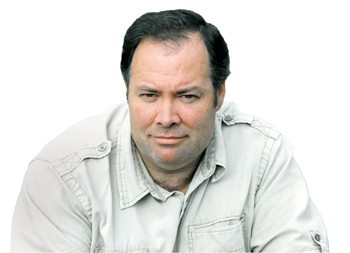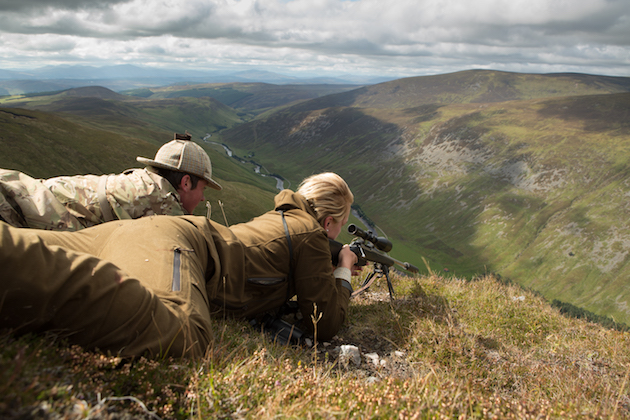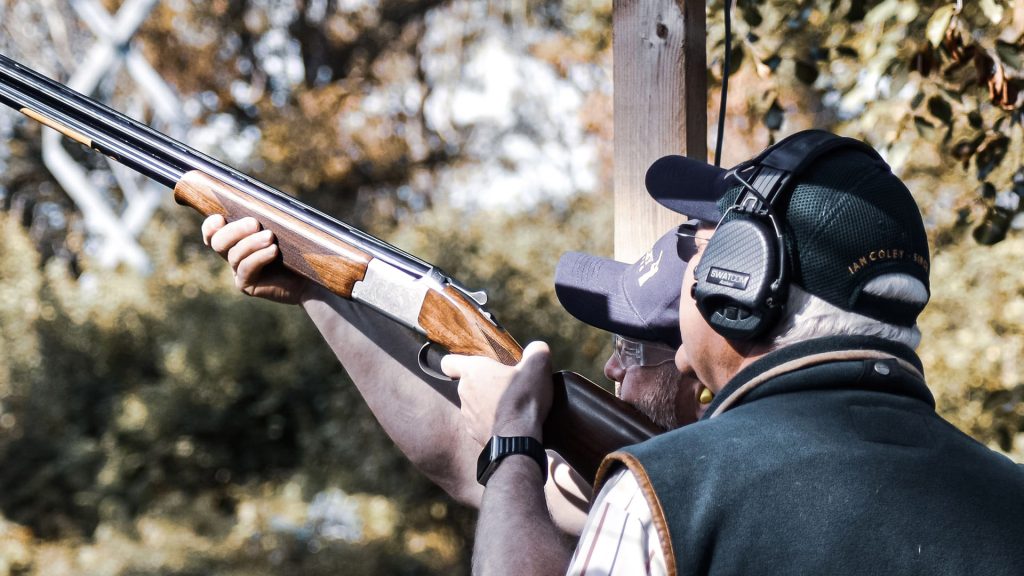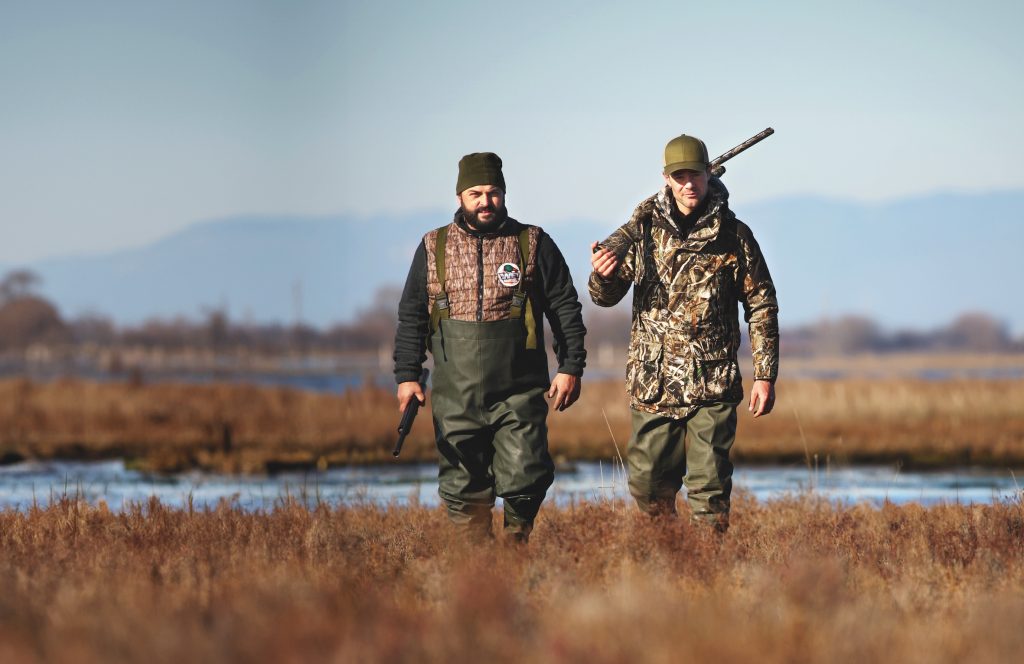Is the latest hi-tech sighting system for stalkers ruining the sport element?
Win CENS ProFlex DX5 earplugs worth £1,149 – enter here
How to be a deer stalker
I have just passed my DSC Level 1 and want to progress and learn more about deer. Would it help if I joined one of the specialist groups and, if so, which should it be – the British Deer Society or the St. Hubert Club?
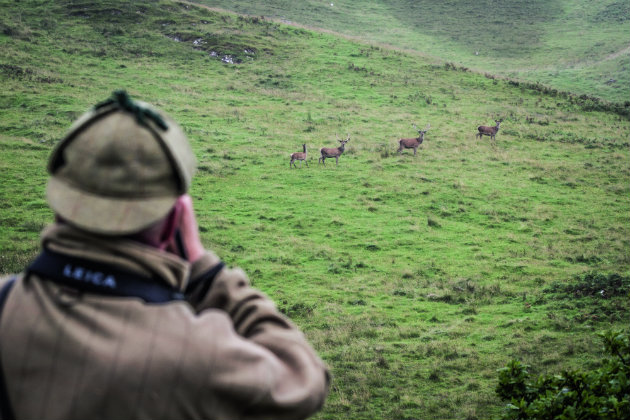
Deer stalking is one of fieldsports’ fastest-growing branches. We have 25,000 Deer Stalking Certificate (DSC) 1 holders in the UK, and more than 86,000 people identified as a deer stalker on the 2013 PACEC (Public and Corporate Economic Consultants, based in Cambridge) Report commissioned by BASC.
Never before have so many people wanted to go and stalk deer. And never before has there been so much competition for stalking permissions and leases, especially in England and the south of Scotland.
Even for those people who have taken the time to learn the art of stalking deer, pass the qualifications and understand what is needed to manage deer properly, having your own area to look after is vastly different to stalking with a guide. So where do you start?
Qualifications
One of the things to make sure of before you start any deer management is that you are suitably qualified to do so. Even if you hold the paper qualifications, do you understand how a particular species of deer works well enough to manage it in the right way? Can you spend enough time on the ground that the owner is going to be happy with the job you’ve done?
Stalking schemes
There is some good training available these days, and following a DSC2 it is worth looking at a more advanced course, more reading or, best of all, spending more time in the field with someone that really knows what they are doing.
The BASC stalking schemes are a fantastic way of doing this and are very affordable. Time spent in the woods with a professional or knowledgeable recreational stalker is not only going to teach you more about the practical aspect of getting close and shooting deer, but also more of the background and the “boring stuff” that makes it all happen.
It is also always worth having a valid first-aid qualification of some kind; it shows a dedication to what you are doing.
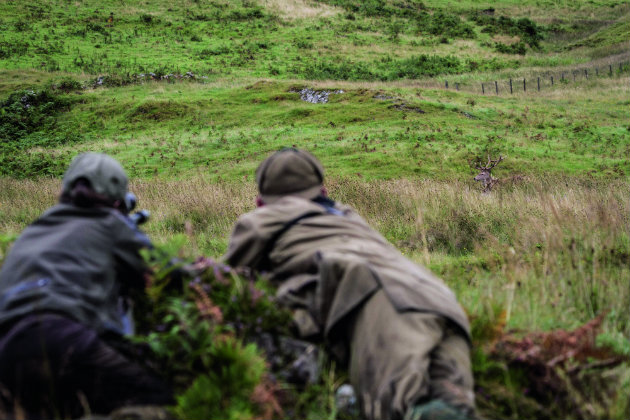
Movement and your outline are what the deer will see, so use the natural topography to hide your approach
Learn the ground
It doesn’t matter how much stalking you’ve done before, it always pays to spend some time scouting the ground. In some situations that may be to reconnoitre the best location to site high seats, where is unsafe due to farm traffic, roads or public access, and perhaps just the best routes to extract deer. Out of season this can be a good way of keeping tabs on the deer population and understanding the dynamics of the animals on the ground.
Eyes on the ground
The recent boom in the camera trap market has really helped with this and it is now possible to have 24 eyes on the ground even for the busiest of recreational stalkers.
It may also be worth considering the use of mineral supplements to improve the deer, move them away from sensitive sites or lure them to a camera trap. Most deer will respond well to supplements targeted at cattle; even basic salt licks can work well depending on what is naturally available.
People like to know what’s happening on their property, so it is prudent to keep them in the loop. For some people this may be a catch-up in the farmyard after a morning’s stalk, others perhaps a text or phone call saying if you’ve been successful. Some people may respond best to a formal email or letter at the end of the season explaining how the stalking has been that year.
That’s also a great way to spell out how you’d like to tackle the next season and a good way to have the conversation about the price of rents, venison or whatever else. Don’t leave it to guesswork; ask the owner when and how they want to hear from you, if nothing else it will reassure them about you.
Record-keeping is crucial to deer management. Go to any stalking estate and you will find a larder book, filled out with details about the animal, the location it was shot and a host of other things. At the very least, I would suggest you keep a record of the beasts you shoot.
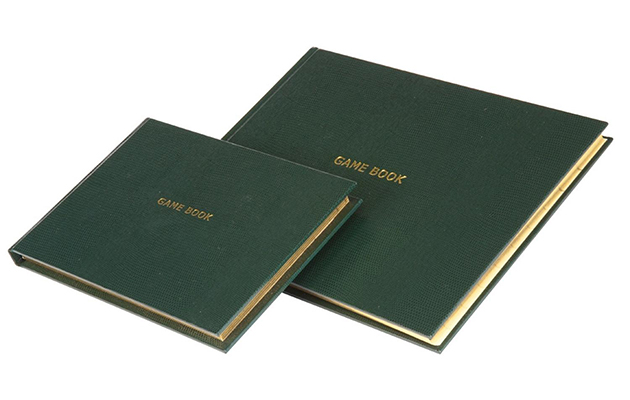
Game books from Fur, Feather & Fin
Records
Even if you have no interest in that — but if you are managing deer you should — it means that if someone asks “did you shoot something by the big wood last week?” you have some kind of record. When those reports and questions are a month or two after the fact, having a register could be very helpful. Also, a detailed game book is a lovely thing to look back on years later.
How expensive is stalking red stags?
One of the country’s most majestic animals, the red deer is Scotland’s largest native land mammal and one of its most sought-after sporting trophies.…
Above all else, enjoy having your own ground to explore, make mistakes and learn about your deer. Treasure the privilege of being able to take a loved one or a friend out to witness stalking, shoot their first deer or just have a good time in the high seat. Take pride in your deer and their good stewardship, relish the ability to take home your own meat and be proud of taking an active part of the management of an ecosystem.
Related Articles
Get the latest news delivered direct to your door
Subscribe to Shooting Times & Country
Discover the ultimate companion for field sports enthusiasts with Shooting Times & Country Magazine, the UK’s leading weekly publication that has been at the forefront of shooting culture since 1882. Subscribers gain access to expert tips, comprehensive gear reviews, seasonal advice and a vibrant community of like-minded shooters.
Save on shop price when you subscribe with weekly issues featuring in-depth articles on gundog training, exclusive member offers and access to the digital back issue library. A Shooting Times & Country subscription is more than a magazine, don’t just read about the countryside; immerse yourself in its most authoritative and engaging publication.



